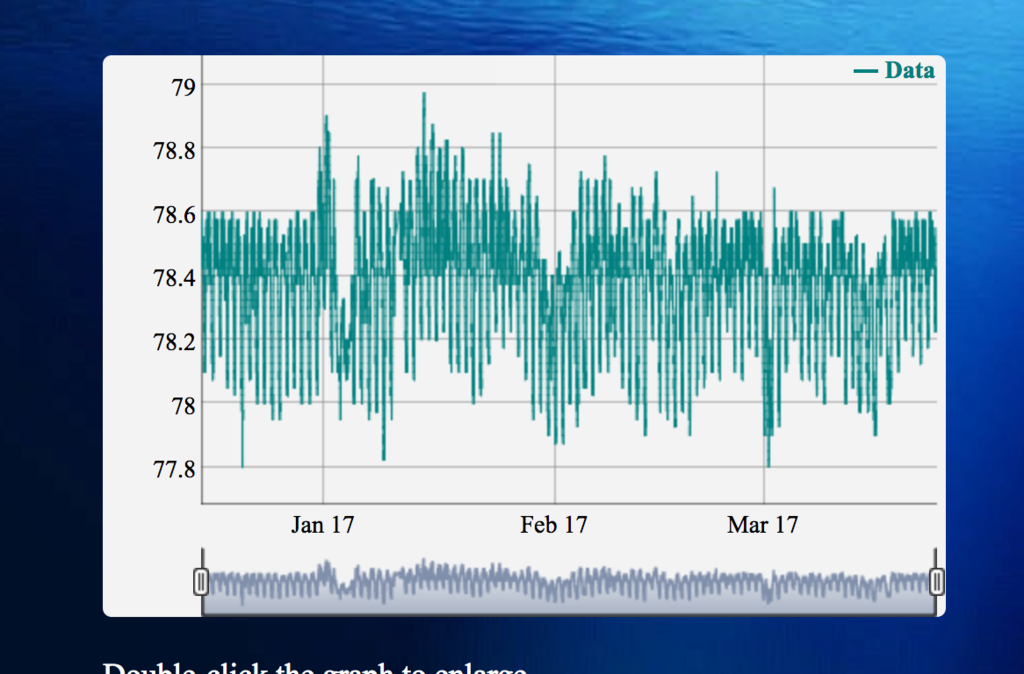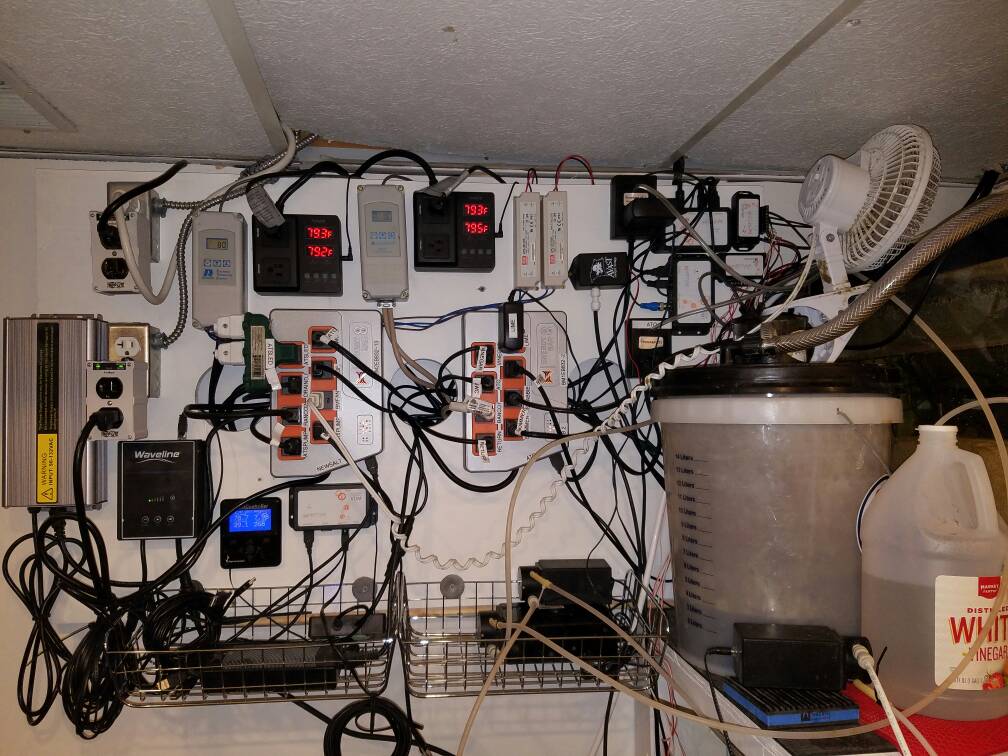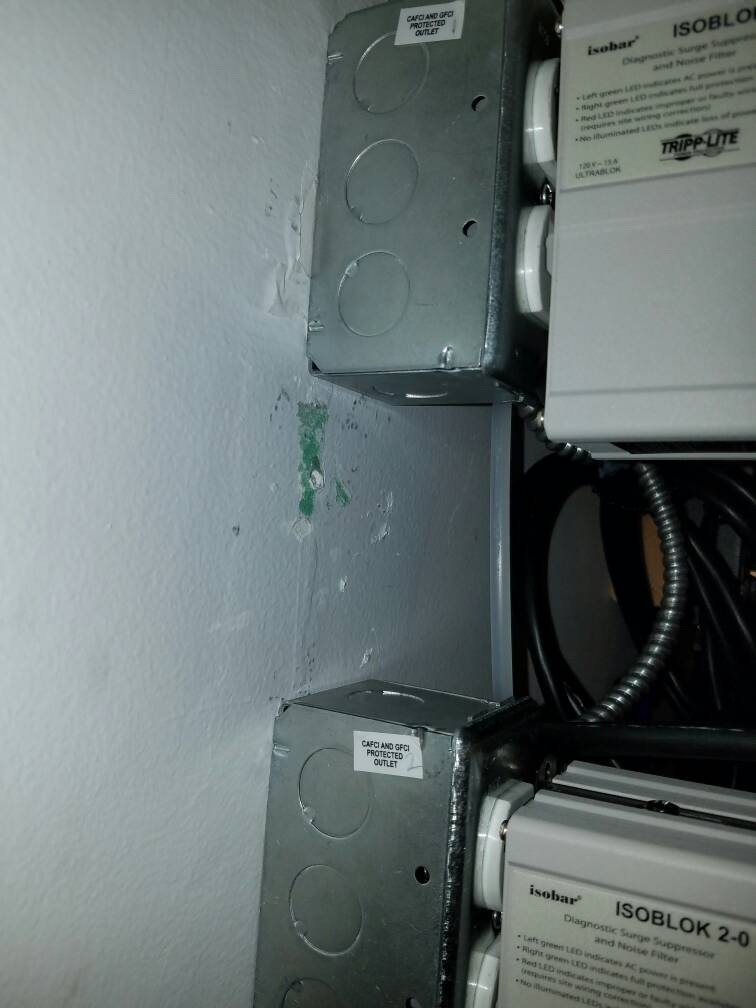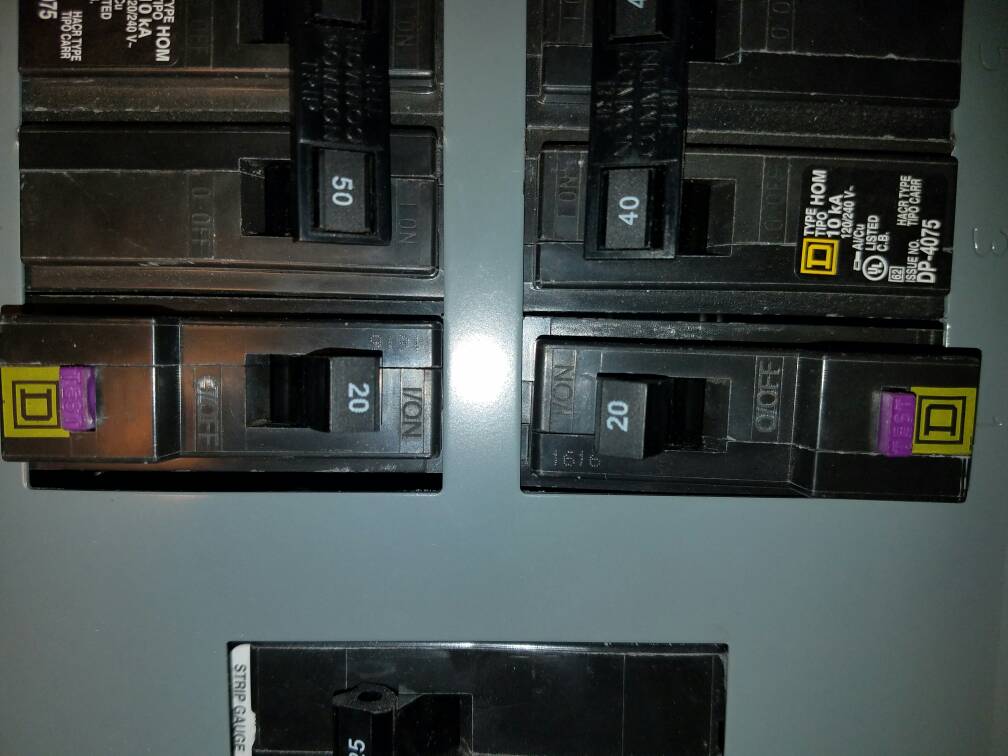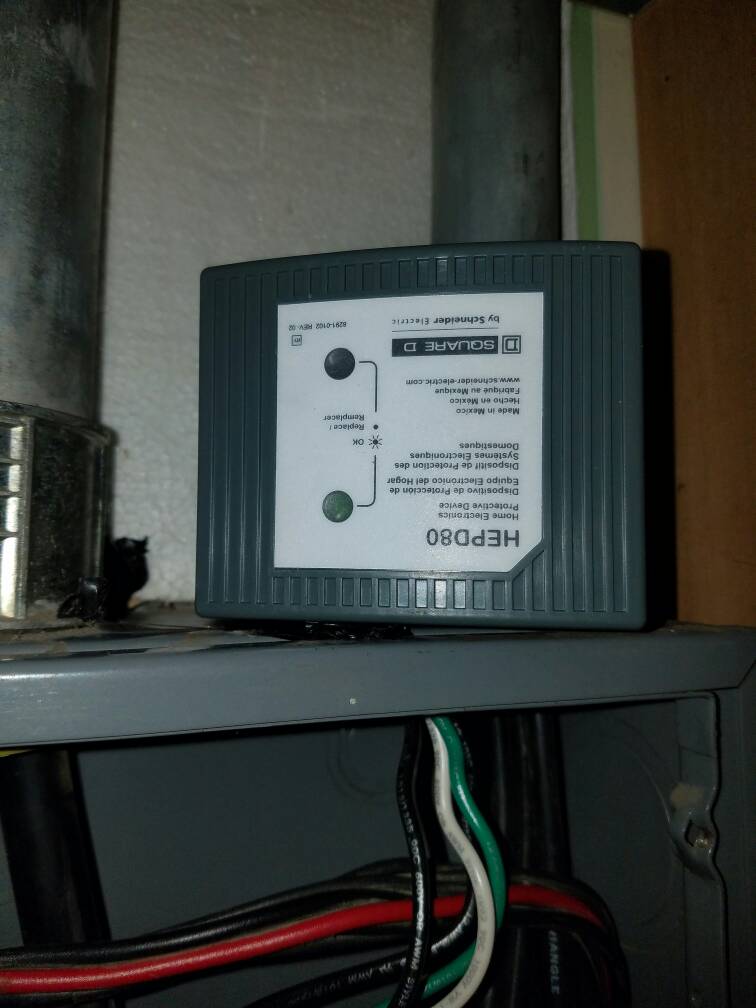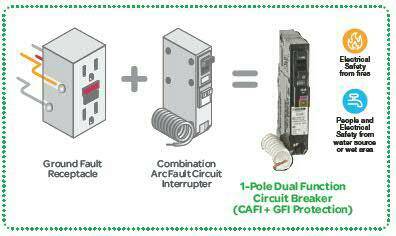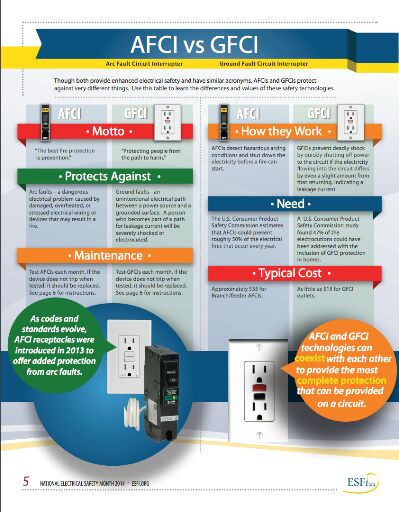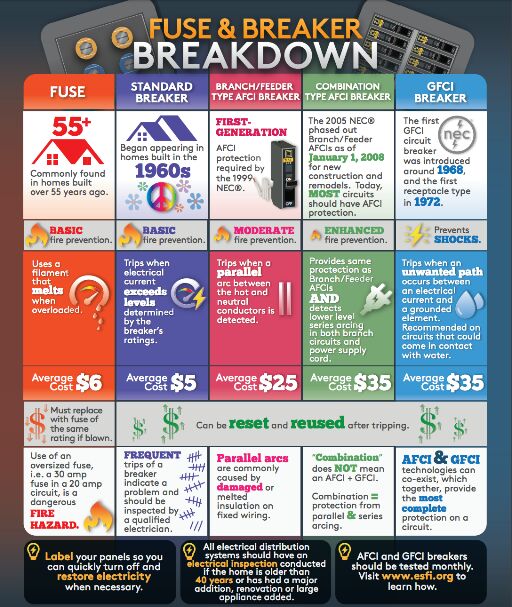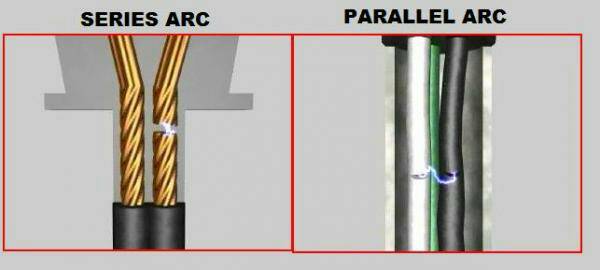Hey guys!
Today we are bringing you another installment of BRStv Investigates and in this episode, we put some industry leading heaters to the test.
Take a look at what we found for accuracy and variance of these heaters and let us know your thoughts on the ones you use in your tank!
-Find all of our reefing videos HERE!
Today we are bringing you another installment of BRStv Investigates and in this episode, we put some industry leading heaters to the test.
Take a look at what we found for accuracy and variance of these heaters and let us know your thoughts on the ones you use in your tank!
-Find all of our reefing videos HERE!
Last edited:




